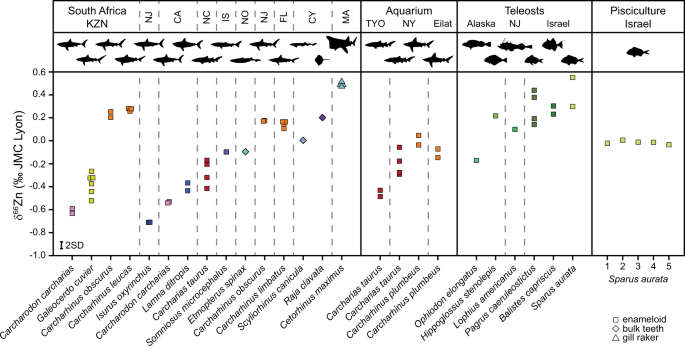2022-05-30 シンガポール国立大学(NUS)

内皮細胞は、血管を形成する構造的な細胞であるというのが従来の理解でした。この最新の知見によると、この細胞は肝臓がん細胞に対しても、肝臓がん患者の生存率の低下と関連するCXCL1というタンパク質の産生を増やすように『指示』していることが示唆されました
CXCL1はケモカインの一種で、細胞から分泌されるシグナル伝達タンパク質であり、さまざまな免疫細胞の腫瘍への浸潤を調節する。したがって、これらの分子は腫瘍の免疫に影響を与え、患者の治療成績に影響を与える可能性があります。
<関連情報>
- https://news.nus.edu.sg/nus-scientists-discover-new-clues-to-liver-cancer-progression/
- https://www.sciencedirect.com/science/article/abs/pii/S0142961222001673?dgcid=author
肝細胞癌オルガノイド共培養による血管内分泌のクロストークを模倣した炎症性腫瘍微小環境の生成 Hepatocellular carcinoma organoid co-cultures mimic angiocrine crosstalk to generate inflammatory tumor microenvironment
Joanne Tze Chin Lim,Leng Gek Kwang,Nicholas Ching Wei Ho,Clarissa Chin Min Toh,Nathaniel Sheng Hua Too,Lissa Hooi,Touati Benoukraf,Pierce Kah-Hoe Chow,Yock Young Dan,Edward Kai-Hua Chow,Tan Boon Toh,Eliza Li Shan Fong
Biomaterials Published:16 April 2022
DOI:https://doi.org/10.1016/j.biomaterials.2022.121527
Abstract
Hepatocellular carcinoma (HCC) is the sixth most common cancer and the second leading cause of cancer worldwide. Despite approvals of several therapeutics to treat advanced HCC in the past few years, the impact of anti-angiogenic treatment on HCC patient overall survival remains limited. This suggests there may be alternative, perfusion-independent roles of endothelial cells that support tumor progression. Thus, we leveraged a well-defined hydrogel system to establish co-culture models to mimic and characterize the angiocrine crosstalk between HCC and endothelial cells in vitro. Co-cultures of HCC cell lines or patient-derived xenograft organoids with endothelial cells exhibited the upregulation of MCP-1, IL-8 and CXCL16, suggesting that the HCC-endothelial interactions established in our models recapitulate known angiocrine signaling. Additionally, by subjecting co-cultures and mono-cultures to RNA sequencing, transcriptomic analysis revealed an upregulation in the expression of genes associated with tumor necrosis factor (TNF) signaling, such as that of chemokines, suggesting that endothelial cells induce HCC cells to generate an inflammatory microenvironment by recruiting immune cells. Finally, HCC-endothelial angiocrine crosstalk in the co-culture models polarized macrophages towards a pro-inflammatory and pro-angiogenic phenotype, paralleling a tumor-associated macrophage subset previously reported in HCC. Together, these findings suggest that these HCC-endothelial co-culture models may serve as important models to understand and target the interplay between angiogenesis and the immune milieu.


